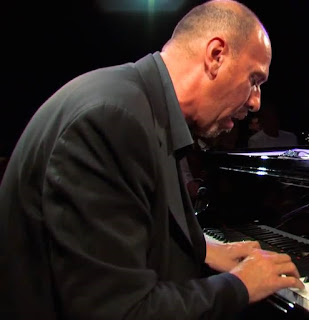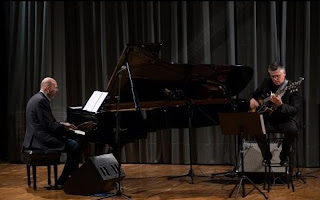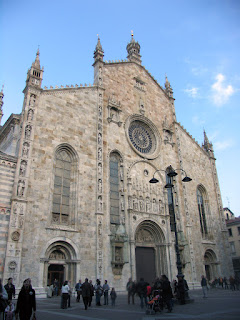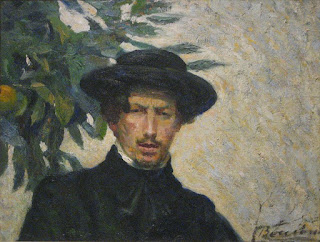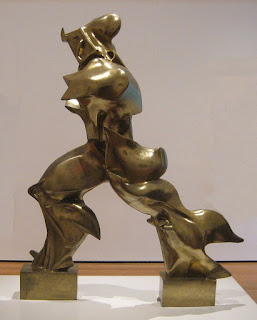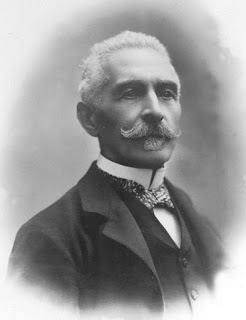Disgraced nobleman became the toast of London and Paris
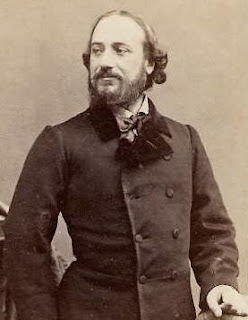 |
Giovanni Matteo Mario became a singer
after fleeing to France |
The operatic tenor Giovanni Matteo Mario, a Sardinian nobleman who deserted from the army and began singing only to earn a living after fleeing to Paris, was born on this day in 1810 in Cagliari.
He was baptised
Giovanni Matteo de Candia, born into an aristocratic family belonging to Savoyard-Sardinian nobility. Some of his relatives were members of the Royal Court of Turin. His father,
Don Stefano de Candia of Alghero, held the rank of general in the Royal Sardinian Army and was aide-de-camp to the Savoy king Charles Felix of Sardinia.
He became
Giovanni Mario or Mario de Candia only after he had begun his stage career at the age of 28. He was entitled to call himself Cavaliere (Knight), Nobile (Nobleman) and Don (Sir) in accordance with his inherited titles, yet on his first professional contract, he signed himself simply ‘Mario’ out of respect for his father, who considered singing a lowly career.
Although he was one of the most celebrated tenors of the 18th century, Italy never heard Mario sing. Instead, the
Royal Opera House, Covent Garden in London and the
Théâtre Italien in Paris witnessed most of his triumphs.
He often sang with his lifelong partner, the soprano
Giulia Grisi, with whom he lived in Paris and London before Mario bought a villa just outside Florence in around 1849.
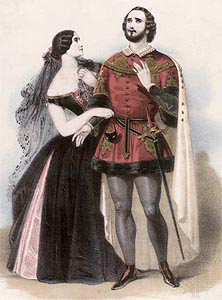 |
An illustration showing Giulia Grisi and
Giovanni Mario in Bellini's I puritani |
The young De Candia was expected to have a military career. From the age of 12 he attended the Military College of
Turin, where his fellow students included the future prime minister of Italy,
Camillo Benso di Cavour. When he was transferred to
Genoa at the age of 19 with the rank of second lieutenant, however, he met the young revolutionaries
Giuseppe Mazzini and
Jacopo Ruffini and became sympathetic to the republican ideals.
It was not long before his military career abruptly ended. Some stories suggest De Candia was expelled from the army on suspicion of subversive activity, others that he deserted in fear of arrest. Either way, having left Genoa in a fishing boat, he landed in Marseille before moving on to Paris, where he found a growing community of Italian political refugees.
He was drawn towards the city’s musical and literary culture, meeting among others the composers Chopin, Liszt,
Rossini and
Bellini, as well as the writers Balzac, George Sand, and Dumas father and son.
Yet he was penniless and needed to make a living. He tried giving riding and fencing lessons and at one time attempted to join the British army.
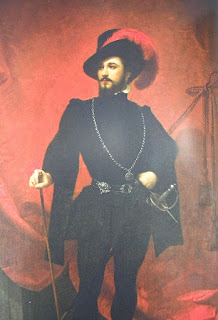 |
Mario in the role of Don Giovanni in
Mozart's opera of the same name |
The chance to sing on stage came after the German composer
Giacomo Meyerbeer heard him entertaining friends and persuaded him to take lessons. He made his debut at the
Opéra in November 1838 as the hero of Meyerbeer's
Robert le diable. He wrote to his mother to explain that he was calling himself Mario and promised he would never perform in Italy.
Mario quickly became a star in demand. In 1839 he made a triumphant debut in London as Gennaro in
Gaetano Donizetti’s
Lucrezia Borgia opposite Grisi, and made his debut at the Théâtre-Italien in Paris as Nemorino in Donizetti’s
L’elisir d’amore. For the next 30 years he sang all the important romantic leads in Paris and London, also appearing in St. Petersburg (Russia), New York City, and Madrid.
Nemorino and Gennaro were among his most admired roles, along with Ernesto in Donizetti's
Don Pasquale - a part written for him. Later he was acclaimed for his Almaviva in Rossini’s
Barbiere di Siviglia, which he sang more than 100 times in London.
In 1871 he gave his farewell performance as Fernando in Donizetti’s
La favorita at Covent Garden in London.
Grisi and Mario married in the late 1840s and, after an amnesty was extended to many sentenced for political crimes, removing Mario’s fear he would be arrested, they returned to Italy to live at the
Villa Salviati outside Florence, where they brought up six daughters and regularly entertained guests, including many of the central figures of the
Italian Risorgimento, with whom Mario had formed lasting friendships.
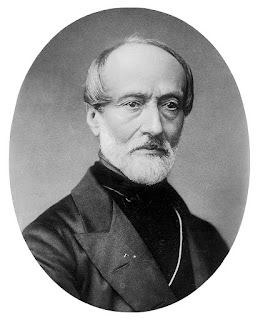 |
The revolutionary activist Giuseppe Mazzini
was a lifelong friend of Giovanni Mario |
In fact, in 1850 Mario had organised a concert to help Italian political refugees following the failed 1848 uprisings. He and Grisi gave shelter to the Venetian patriot
Daniele Manin during his exile to Paris and for a time Mazzini co-ordinated his revolutionary activities from Mulgrave House, their home in London. It was there that one of their daughters - Cecilia De Candia - later recalled her parents entertaining several hundred red-shirted English Garibaldians in their garden, giving their voices to patriotic songs.
Tragically, Grisi died in 1869 after the train on which she was travelling to St Petersburg suffered an accident passing through Germany. Mario sold Villa Salviati shortly afterwards.
Following his Covent Garden farewell, Mario embarked on a brief concert tour of the United States before retiring to Rome. A man of extravagant habits, he soon found his fortunes in decline. Friends organised a benefit concert for him in London, which raised enough money - about £4,000 - to provide him with a pension.
He died in Rome in 1883 and was buried in the family mortuary chapel that he had arranged to be built in the Bonaria cemetery in Cagliari. Later a street in
Castello - the historic old quarter of the Sardinian capital - was named after him.
 |
| Cagliari's medieval old town, Castello |
Travel tip:
Cagliari’s charming historic centre, known as
Castello, where Mario bought a house for his mother, is notable for its limestone buildings, which prompted DH Lawrence, whose first view of the city was from the sea as ‘a confusion of domes, palaces and ornamental facades seemingly piled on top of one another’, to call it 'the white Jerusalem'. This hilltop citadel, once home to the city's aristocracy, is Cagliari’s most iconic image. Inside its walls, the university, cathedral and several museums and palaces - plus many bars and restaurants - are squeezed into a network of narrow alleys.
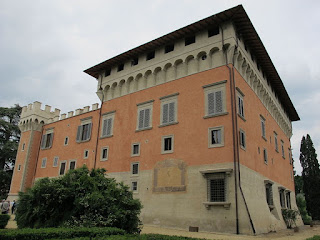 |
The Villa Salviati, just outside Florence, was Mario's
home for more than 20 years |
Travel tip:
The
Villa Salviati, Mario and Grisi’s spectacular home in Florence, was built on the site of the Castle of Montegonzi about 7km (4.5 miles) north of the centre of the city, by Cardinal Alamanno Salviati, who in turn gave it to Jacopo Salviati, the son-in-law of Lorenzo de’ Medici (Lorenzo the Magnificent). It changed hands a number of times before being purchased by Mario from an Englishman, Arturo Vansittard. In 2000 it was bought by the Italian government and now houses the historical archives of the European Union.
(Photo credits: Castello by Martin Kraft; Villa Salviati by Sailko)
More reading:
Giulia Grisi - the officer's daughter who became a star on three continents
Mazzini and the drive for Unification
How Donizetti grew up in a Bergamo basement
Also on this day:
1473: The birth of sculptor Bartolommeo Bandinelli
1797: Venice loses its independence
Home









